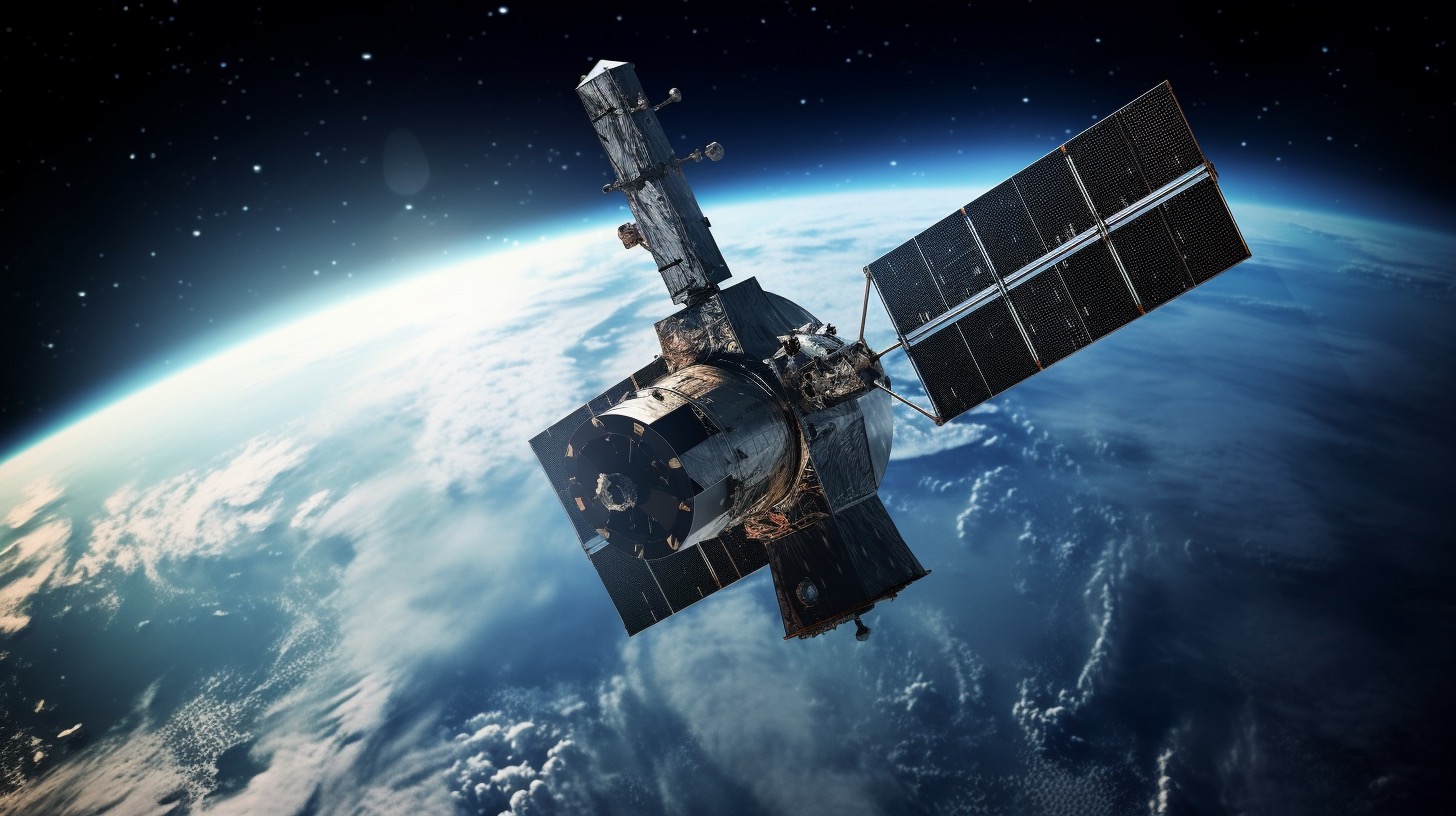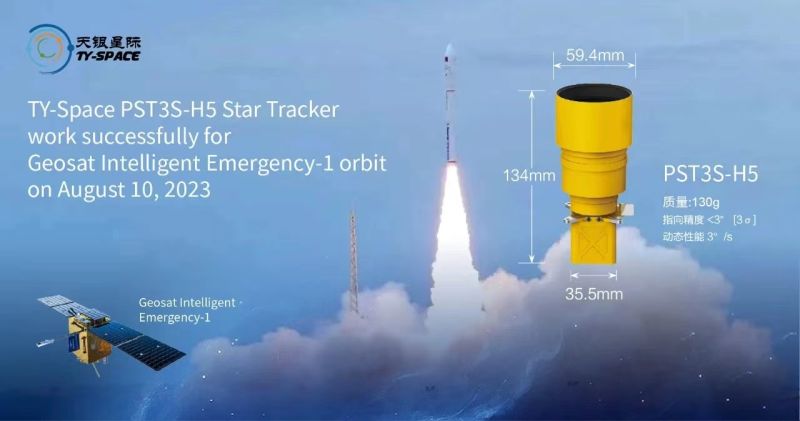
Star sensors are a key component of satellite navigation and positioning systems, but what are their components? In this article, we’ll take a closer look at what a star sensor is made of, revealing its core components to help you better understand this complex and critical technology.

Star sensors usually consist of several key components, each of which plays a specific role to ensure the normal operation of the system. The following are the basic components of a star sensor:
1. Optical system: The design of the optical system requires full consideration of the quality and performance of the optical components. Precise lenses focus light and ensure image clarity and uniform brightness of the stars. Furthermore, detector selection is critical to the performance of the optical system. The highly sensitive and low-noise detector is able to capture weak starlight signals and produce reliable electrical signals.
2. Data processing unit: The data processing unit is responsible for converting the signals obtained from the detector into digital data, and then analyzing and processing them. This process requires highly sophisticated analog-to-digital conversion technology and data processing algorithms. Precise star point identification and positioning algorithms ensure the accuracy and performance of the star sensor.
3. Positioning mechanism: The positioning mechanism includes gyroscopes and other sensors for monitoring the movement and attitude of the star sensor. These sensors require high-precision calibration and verification to ensure they provide reliable positioning information. Precision mechanical design and engineering ensure the accuracy of the positioning mechanism.
4. Communication interface: The communication interface includes not only the physical connection, but also the communication protocol and data transmission rate. Star sensors need to be able to communicate efficiently with other components of the satellite as well as with ground control centers. This requires a highly stable and reliable communication interface to ensure the accuracy of information transfer.

Application fields of star sensors
Star sensors are widely used in satellite navigation and positioning fields, including:
Satellite navigation: Star sensors are used to ensure that satellites maintain correct positioning and attitude to provide precise navigation and positioning services.
Earth Observation: Satellites in Earth observation missions use star sensors to stabilize the satellite’s orientation to obtain clear images and data.
Scientific research: Space telescopes and satellite detectors use star sensors to precisely locate and track target objects for astronomical and cosmological research.
Communication satellites: Communication satellites need to ensure that their antennas are aligned with earth stations, and star sensors play a key role in this regard.
Future development trends
As satellite navigation and satellite missions continue to evolve, star sensors continue to evolve. Future star sensors will be more compact, efficient, and have higher anti-interference capabilities. At the same time, autonomous calibration and intelligent algorithms will further improve its performance.
The core components of a star sensor form the basis of its precision engineering, ensuring the accuracy and reliability of satellite navigation and positioning systems. The design and engineering of these components requires a high degree of specialized knowledge and skills to meet the needs of evolving space applications. Star sensors play an increasingly important role in the aerospace field, providing solid support for human scientific exploration and communications.
The high accuracy and reliability of star sensors make them a critical component for the success of satellite missions. In the future, as space technology continues to evolve and satellite missions become increasingly complex, star sensors will continue to develop and improve to meet higher requirements.
It is worth mentioning that star sensors are not only widely used in the field of satellites, but also play an important role in detectors, aircraft and space telescopes. For example, both the Hubble Space Telescope and the Cassini spacecraft use star sensors to ensure their stable positioning and obtain accurate observation data.
In short, as a core component of space science and technology, star sensors not only enrich our scientific knowledge, but also provide indispensable support for communications, navigation and earth observation. The engineering and manufacturing of its core components is a complex and critical task that requires a high degree of expertise and technology. In the future, star sensors will continue to promote the development of the space field and provide a solid foundation for more scientific research and satellite missions.
Send us a message,we will answer your email shortly!